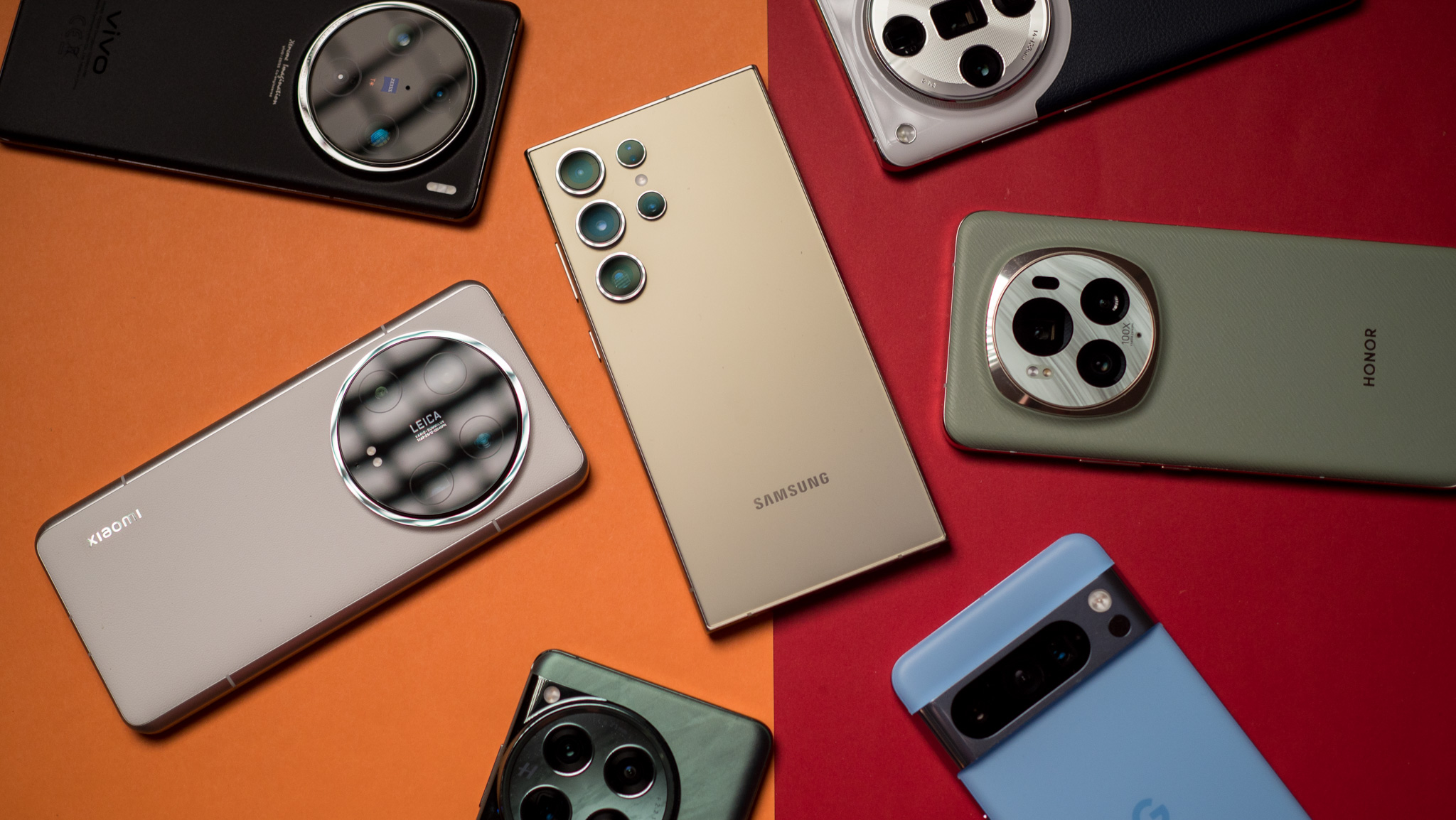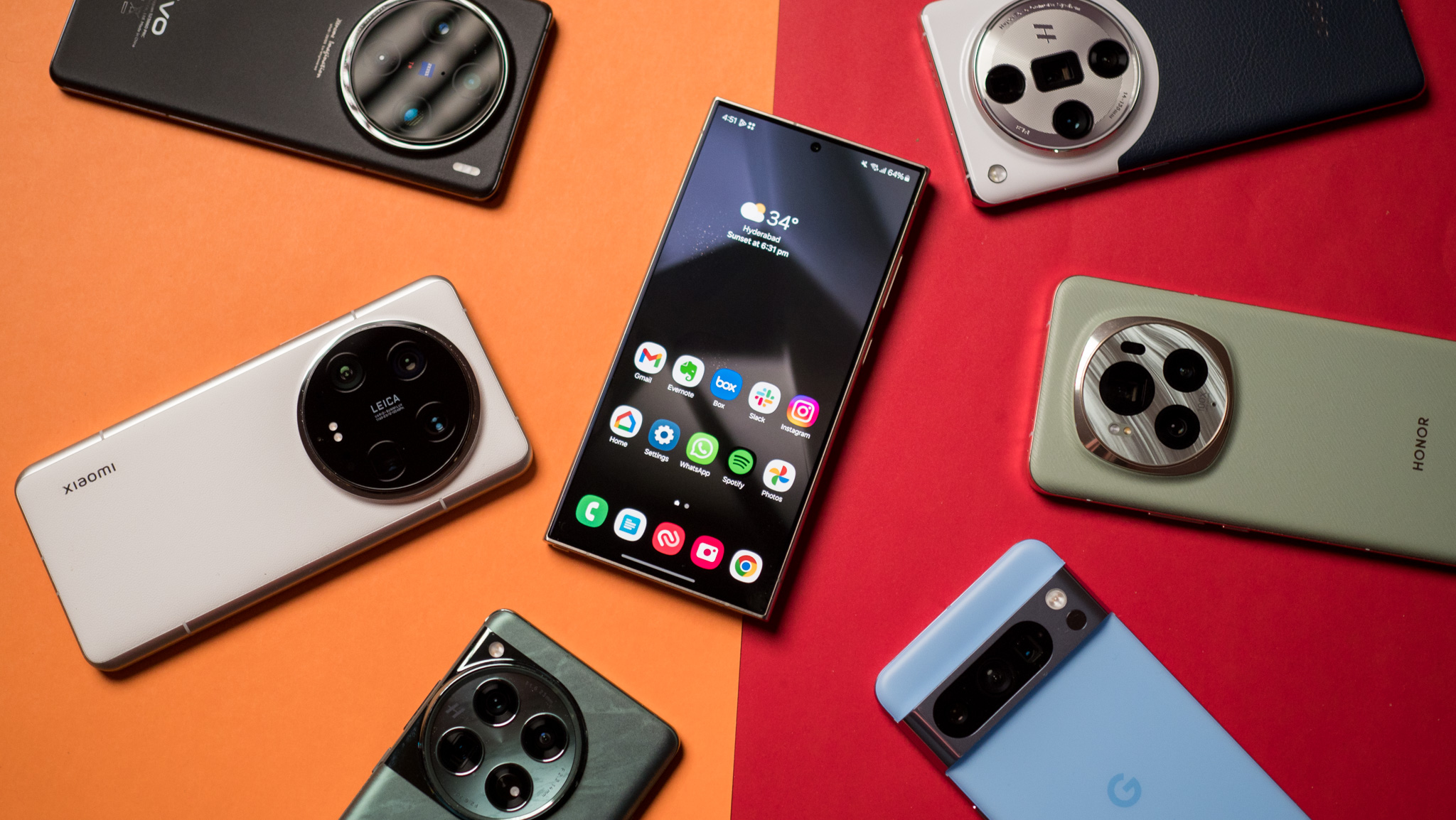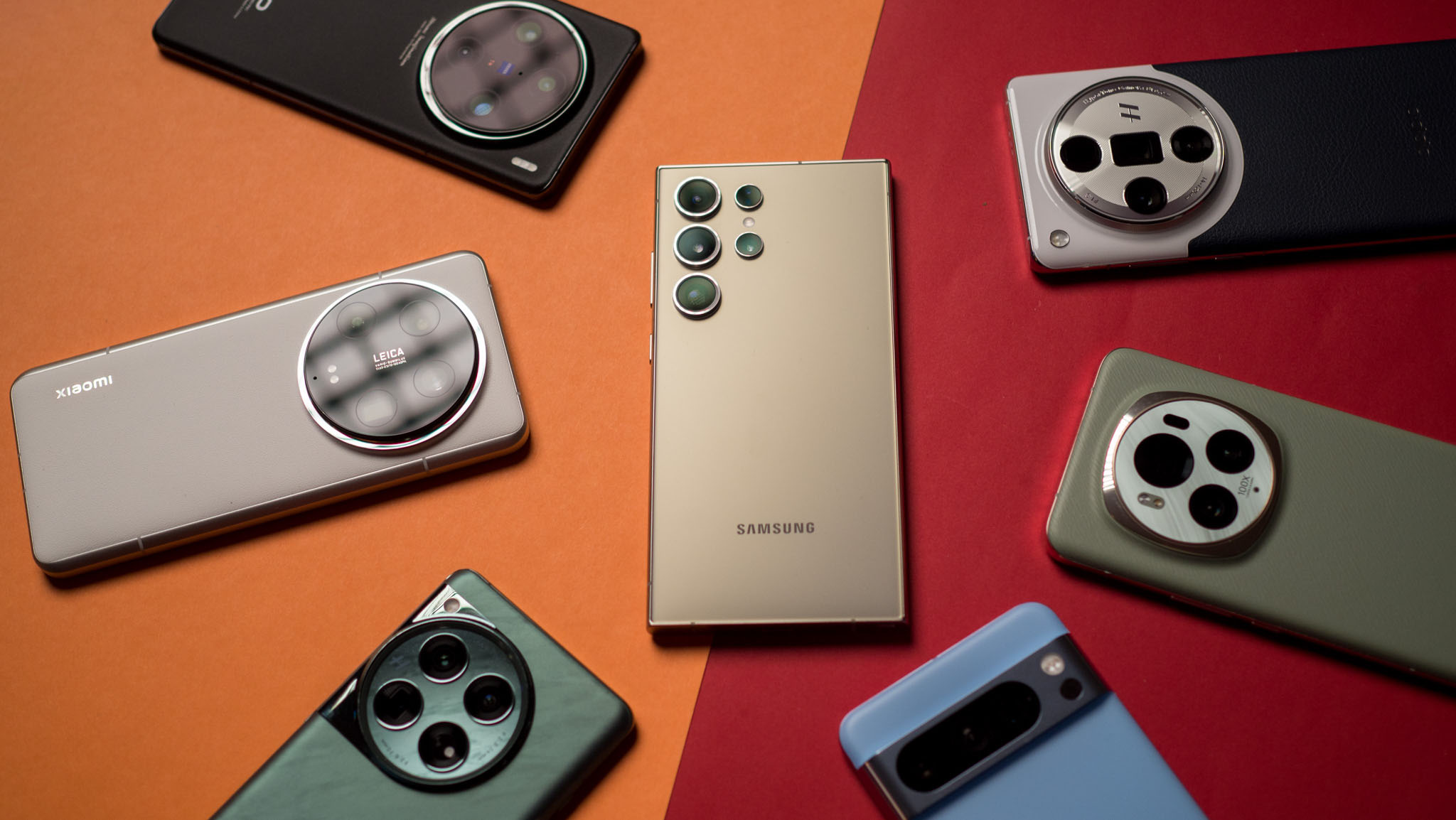
I get to use a lot of phones over the course of a year, and when I'm done with the review cycle, I move my SIM into the devices I like the most. In the past, that used to be limited to OnePlus or Google; OxygenOS delivered everything I wanted in an Android interface, and even though the cameras weren't the best, the fluidity of the software and the customizability meant I inevitably went back to a OnePlus phone.

In Hardwired, AC Senior Editor Harish Jonnalagadda delves into all things hardware, including phones, storage servers, and routers.
Similarly, Pixels had their shortcomings — mostly around the hardware — but Google's unique software features combined with outstanding cameras made using a Pixel a delight. In recent years, I found myself using Samsung phones more and more; I called the Galaxy S23 Ultra one of my favorite phones last year, and I used that device for over three months at a stretch.
So when I got my hands on the Galaxy S24 Ultra, I thought it would be just as exciting to use as its predecessor — but I was wrong. The phone turned out to be too much like the Galaxy S23 Ultra; even though it has a titanium chassis, it is the same weight, and that immediately took the sheen off the device. By contrast, the iPhone 15 Pro Max is 19g lighter than its predecessor, and the difference is instantly noticeable — it is significantly easier to hold and use, and I thought Samsung would have similar gains on offer.
In fact, I didn't notice any major differences between the Galaxy S24 Ultra and its predecessor in daily use. I tested enough phones to know that we're past the point where we get generational gains year-on-year, but even by the usual iterative update cycle, the Galaxy S24 Ultra doesn't push the needle in a meaningful way.

Other than a brighter AMOLED panel and updated internal hardware, Samsung didn't make any tangible changes. The cameras are the same as last year, but to its credit, Samsung tweaked the algorithms to deliver better shots, and this is clearly evident in low-light situations and when using the telephoto lenses.
But even then, the Galaxy S24 Ultra isn't the best camera phone you can buy today — far from it. In fact, going from Honor's Magic 6 Pro to the Galaxy S24 Ultra felt like a downgrade. This year's flagships have raised the bar significantly, with Chinese brands in particular delivering stellar cameras across the board.
The Xiaomi 14 Ultra, Honor Magic 6 Pro, OPPO Find X7 Ultra, and Vivo X100 Pro all have better camera packages than the Galaxy S24 Ultra, and they deliver versatile lenses that take magnificent photos and videos in just about any situation. Samsung, meanwhile, positioned AI as the key differentiator with the Galaxy S24 Ultra, and as someone who is ambivalent about generative AI, I just didn't care about all the new additions.

I wanted Samsung to roll out exciting upgrades over the Galaxy S23 Ultra, but the brand instead chose to play it safe and delivered a phone that doesn't stand out in any meaningful way. It's no wonder, then, that I decided to switch to the Xiaomi 14 Ultra as soon as it showed up.
While other brands push the boundaries of camera tech every year, Samsung coasts along and stays relevant because of its unique market positioning. Samsung is the biggest Android manufacturer by a considerable margin, and the Galaxy S24 Ultra is the only flagship choice in North America other than the Pixel 8 Pro.
Samsung's biggest Chinese rivals don't have a foothold in the U.S., so the brand doesn't need to worry about its dominance in the region. That situation isn't likely to change anytime soon, and therefore, Samsung really doesn't have to innovate or deliver more than the bare minimum of upgrades.
The Galaxy S24 Ultra isn't a bad phone by any measure; it just doesn't offer any material upgrades over its predecessor, and that ultimately makes it boring. As someone who uses over 75 phones a year, I get to be incredibly picky about the devices I choose as my daily driver. And in 2024, the Galaxy S24 Ultra just doesn't measure up. It is a great choice if you're on an older device and want to upgrade — it isn't the phone for me.







